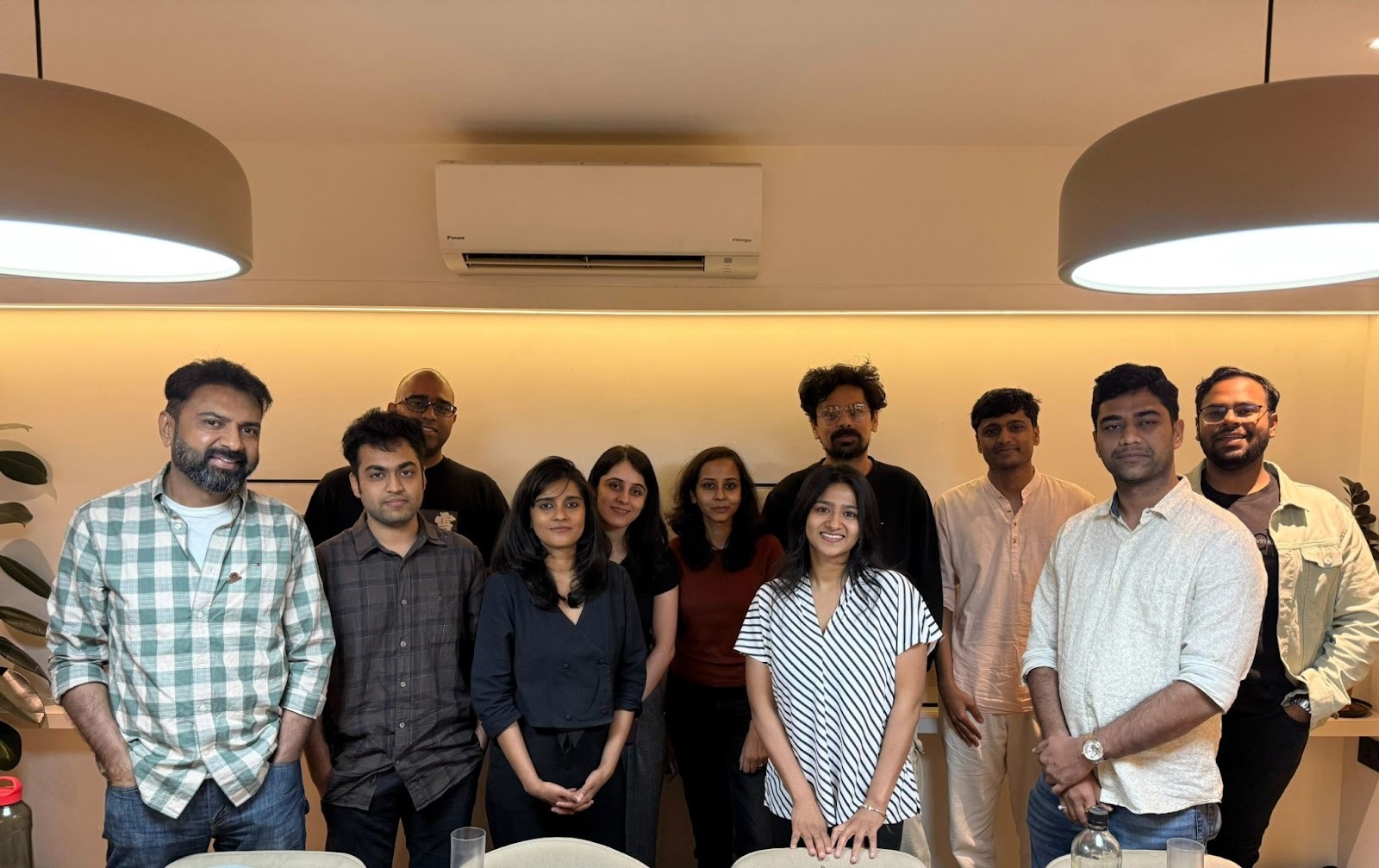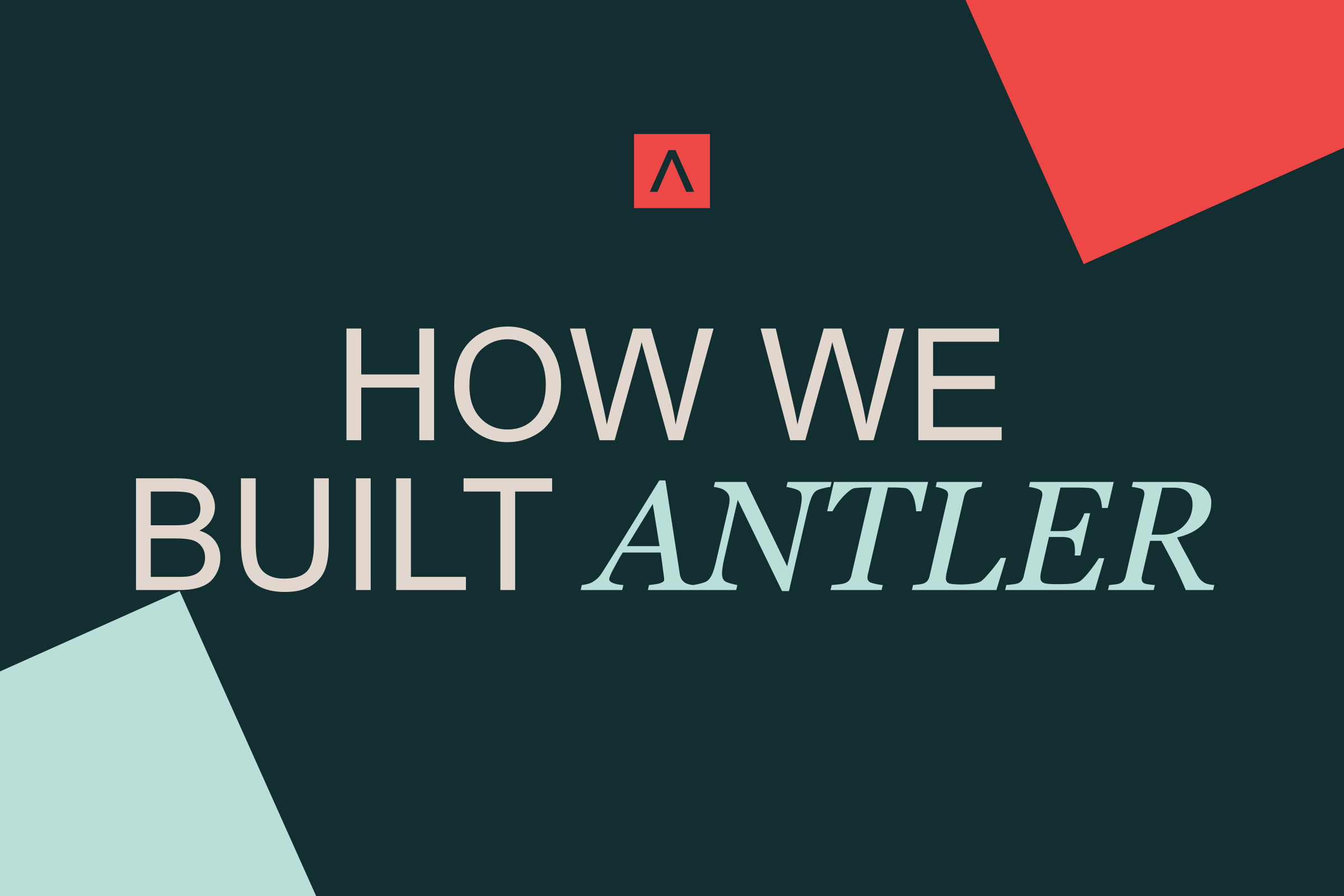Backdrop:
So far, the most widely cited view into how consumers use AI has been OpenAI’s study based on 1.5M anonymized ChatGPT conversations - the largest dataset yet on personal AI usage. It surfaced important themes at scale (10% of the global WAU as of Jul-25): demographic broadening, types of queries, and more. But a deeper understanding of how India interacts with AI is still largely missing.
In pursuit of that, we [Anagh (Accel) and Divita (Antler)] spent time with nine of India’s most imaginative founders building consumer-facing AI products: across Entertainment (Viralo TV), Health (August AI), Fashion (ALT Fashion), Dating (Wavelength), Productivity (Shram AI), Astrology (Melooha), Kids’ Learning (MyWonder), AI Companionship (Chaimate), and research on human–AI interaction (The Third Frontier).
The roundtable saw lively discussion on how consumer habits and behaviours are being rebuilt in an AI-first world across these categories. We walked away with not just a dense set of notes, but also real excitement about where India is headed.
Below are a few early observations.
Caveat: These are not meant to be conclusive — they are simply early reflections from small but meaningful datasets and founder experiences.
What We Heard:
1. How Indians actually talk to AI
- AI is a problem–solver, not a search engine: From Kalyani’s research at The Third Frontier: when she collected people’s last 5 unsanitised ChatGPT prompts, they weren’t “Google-style” keywords. They were long, story-like messages with full context, switching between job loss, parents, relationships, health, etc. People treat ChatGPT like a wise friend they talk to. Prompts are “single-thread”: people keep coming back to the same chat, taking it from “I lost my job” to “my father said this” to “my girlfriend is doing that.” They’re relying on continuity and memory.
- There’s a social shame gap: Emotional vulnerability is much higher than people want to admit: When asked, “Would you go to ChatGPT for emotional support?,”most people said no. But their prompts clearly were about emotional support – breakups, self-doubt, family fights. This shows up across products: Astrology users message at 9 pm–2 am, when anxiety is highest. Health users send every lab report and deeply personal health history
- Why Indians are disproportionately open to AI: In high-HDI / Scandinavian countries, people feel “threatened” by AI – as if their status or intelligence is being challenged. In India, people feel AI makes them look and sound smarter (“my manager will like this email more”). In a status driven society where projection is key, AI becomes a ‘secret’ tool to operate with more confidence in the world. That makes Indians unusually willing to delegate important tasks like finding a life partner or deciding their doctor ) to AI.
2. Demographic cuts for AI usage
- Age: Unsurprisingly, 25–45 is the monetisation core across categories. 45+ converts very well but uses less frequently; <25 is cheap to acquire but slow to pay. Fashion search: main band is 25–40; younger men (20–25) are also heavy users because “no one builds for men’s fashion”. However, there are green shoots visible in usage for health & astrology related queries in 50+ segment - pointing to under-served needs of India’s growing senior population.
- Location: Chaimate’s observations say Tier-1 users are more self-conscious (“I don’t talk to AI for emotions”) and often already have reliable social circles they can be vulnerable inUsers in Tier 2 cities & beyond are increasingly seeing AI companions as the safe spaces they never had.
- Gender: Fortunately, early trends across categories don’t point to any material gender gap in AI usage. Fashion AI finds men disproportionately grateful when someone just tells them what to wear. Dating / matchmaking: women are the ones explicitly demanding “curation, not swiping” and friend-like filters.
3. Value of hyper-personalisation, and why serendipity still matters
“Controlled Serendipity” is where the magic is: Hyper-personalisation doesn’t mean collapsing the world into a perfect, tiny feed. ALT can’t limit search results to just a couple of pages, because window-shopping itself is a hobby. The right balance seems to be a personalised first page & ranking, but still a deep scroll of options to explore. A useful AI agent helps you start closer to what you want, not collapse the choice to 4 SKUs. Dating doesn’t need a listing like Tinder but just one match takes away the joy of choice. The AI wingwoman needs to respect hard boundaries (e.g., “absolutely no finance bros”) but occasionally recommend someone slightly outside the box In OTT, users might want one strong recommendation based on mood (“I’m stressed after work”), but after that they enjoy wandering into related options.
- Human annotation continues to be a strong model level differentiator: Astrology engines built from expert decision trees, not pure LLMs work better. Senior astrologers with decades of practice create detailed algorithms with multi-order dependencies and weightages. These are coded into ~200+ “software IPs” + a large corpus for inference. This structured, codified expertise reduces hallucinations and flips the product from “AI astrologer” to “trusted companion with astrological reasoning.” Allows them to handle modern context (e.g., old texts saying “foreign travel = bad” vs today where London can be good news). Hyper-personalisation here means combining: Birth data + life events history + preference for bluntness vs reassurance.
- Is Personalisation simply Memory + Accuracy? Anurrudh from August had a very interesting way to put this. He doesn’t think in “personalisation” language, rather memory and accuracy: longitudinal chat context over months/years for you and your family. Differential diagnosis logic, symptom trees, and guardrails, all informed by doctors who also write code. In health, personalisation is non-optional: without longitudinal memory, you can’t be safe or useful. But it’s also where mistakes hurt the most.
- Is personalisation just keeping attention in some cases? In the case of MyWonder / solutions for kids: Most kids chat for 5-7 minutes and drop off if they're bored. But when a topic lands (e.g., building their own planet with the Astro character), they can stay engaged for 20+ minutes. Personalisation focuses on: Adjusting numeracy/literacy level based on conversation, surfacing insights to parents (“your child is strong in math but struggles in reading”), and many more ways.
Our Key Takeaways
#1 AI is shifting agency from the App Builder to the User
In Nov’22, ChatGPT in a way opened a one-way street for consumer experiences. Putting accessible AI assistants in a billion plus hands now means that the average user expectation has been level-set to interactive, unbounded experiences that are not constrained by static pixels, taps, & scrolls. In a well-built AI-native application, it is the user often guiding software to outcomes they want (and also in the manner they want) instead of the other way around. New interfaces need not even be the conventional webapp. It could be right there on your system, upstream and 10x more accessible than before.
That is the common underlying tailwind powering the consumer AI wave. We believe that the next few years will witness an accelerated shift towards personalized UX for every user, moving away from crafted experiences that the previous generation of apps offered.
#2 General AI solves for breadth. The next 10 Winners will come from depth.
General-purpose AI tools can chat about everything, but they can’t understand the nuance of one part of your life. The real breakthroughs will come from vertical AI products that go deep — health, fashion, dating, kids, finance, anything. These products don’t just answer questions; they take real decisions with the user.
Depth is where trust forms, and trust is where lasting value gets created. If India is going to produce its next 10 AI unicorns in consumer-tech, a majority will almost certainly come from this zone — founders who pick one domain, understand it better than anyone else, and build an AI that feels like it was made just for that part of your life. And after what we heard last Friday, this reality looks inevitable.
#3 Founders have a lot to learn from other Founders

While not an insight in the strict sense, this reinforced our hypothesis that several user patterns run consistently across categories and applications. By designing an environment where we stepped back and founders guided the discussion, the conversation went deeper than what one usually encounters at structured startup events.
The next generation of Consumer-tech founders are building for India with unprecedented levels of ambition and technical adeptness. We believe the ecosystem progresses much faster with the Win-Win learning mindset, particularly if founders start opening up more to other founders. We’re glad to have seen a glimpse of that with this dinner.
We both are excited to host more such evenings and welcome suggestions on topics & invitees!
This is only a slice of the landscape. Edtech, consumer finance, creative tools and many other areas deserve their own conversation. We’ll keep widening the circle in future evenings, and are open to thoughts on what we should add.







.png)

